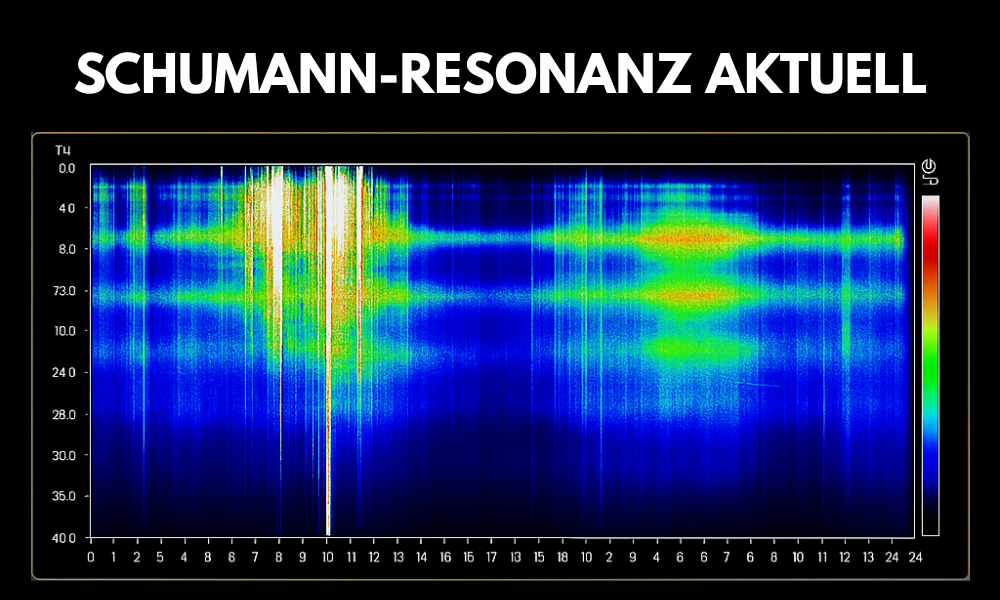Cold and cold
Cold and cold
Everyone knows them, no one likes them, and very few know what really helps. Whether it's a runny nose, a scratchy throat, or even a headache and fever, the culprit for our well-being creeps in in a variety of ways and can literally paralyze us. We're talking about the common cold.
But what should you do when it breaks out, and what can you do in advance to defy the next wave of colds? We'll explore these and many other questions in this series of articles under the heading "Colds" and discuss what you can do to promote your well-being.
Let's start this article with the most common symptom: the runny nose. Hardly anyone is spared from a runny nose throughout their life. Therefore, it can't hurt to have a comprehensive knowledge of how to effectively combat a cold, identify the type, and perhaps even take preventative measures against the next sniffly symphony.
The first symptoms
I probably don't need to explain to you how a cold manifests itself. But it can be worthwhile to take a look at its early signs. If you recognize what's coming quickly, you can take countermeasures in time.
The very first sign that a cold is coming on is frequent sneezing. If you start sneezing in an environment where it's unusual for you, the trigger could be an onset of a cold and a runny nose. Of course, not every sneeze necessarily indicates something is coming on. An urge to sneeze could also be due to an allergy, dust, or other factors. But if you can largely rule out these, frequent sneezing could be a sign.
The next sign is itching or burning in the nose, throat, or eyes. You might experience these symptoms if your mucous membranes are irritated. This is a clear sign of a cold. Likewise, the onset of a cold can also cause general malaise and fatigue, so be on the lookout for these signs as well.
But what can you do if all of these early signs apply and everything points to the next runny nose just around the corner? Don't panic. There are a number of measures you can take if you want to ward off a cold.
First signs of a cold
- Frequent sneezing
- Itching or burning in the nose, throat or eyes
- General malaise and fatigue
How to protect yourself
Unfortunately, there are hardly any tips I can give you that directly relate to a cold. But there are a whole handful of things you can do to strengthen your immune system and take some of the work off its plate.
To protect yourself from illness, good hygiene is essential. This includes washing your hands regularly to get rid of bacteria you may have picked up from touching doorknobs or shaking hands. It's also recommended to avoid touching your face, especially your mouth and nose. Bacteria and viruses that settle on our skin prefer our mucous membranes and take every opportunity to get there from our hands.
A balanced diet and a healthy lifestyle are also important to prevent many disease outbreaks.Healthy eating, regular exercise, and sufficient sleep strengthen your immune system, and there is no other system as good at protecting you from viruses and bacteria as this system of tirelessly working cells.
You should also try to ventilate your home frequently. A well-ventilated interior can reduce pathogens in the air. A humidifier can also be beneficial, as it moistens your mucous membranes and thus protects them from infection.
Grandma always said…
If it does happen and no preventative measures have worked, it's still not too late to take action. Everyone knows a home remedy or two that grandma recommended, but maybe there are a few tips that are new to you.
Therefore, we have put together some tips that can help you overcome your next cold easily and effectively.
For example, warm drinks like herbal tea or chicken soup can help relieve sinus congestion and even soothe a sore throat. Inhaling steam can also clear a stuffy nose.
To do this, simply fill a pot with hot water and then place a towel over your head, directing the steam directly to your nose and face. You can also add a few drops of mint or eucalyptus oil for added effect.
If your cold is accompanied by sinus pain, placing a warm, damp cloth on your forehead or nose may help. You could also consider rinsing your nose with saline solution to help clear both mucus and bacteria from your nose.
Garlic and ginger can also help relieve your symptoms. These two foods are known for their anti-inflammatory and antimicrobial properties and can be enjoyed, for example, in the form of a warm tea.
Tips for a cold
- Warm drinks such as herbal tea or chicken soup
- Inhalation of steam with mint or eucalyptus oil
- Nasal irrigation with saline solution
- Use of garlic and ginger
The different types
It may be a less than appetizing topic, but an important and interesting aspect to address when dealing with a cold is the color of the mucus. It can provide a lot of insight into what might be causing your nasal congestion.
Probably the most common type of runny nose is the common cold or flu. It is often accompanied by other symptoms such as cough, sore throat, headache, and fever. The mucus usually starts clear and then becomes whitish or yellowish as the body fights the infection.
Allergic rhinitis, on the other hand, is caused by a reaction to allergens such as pollen, dust, or pet dander. It usually presents with itchy or watery eyes, sneezing, and a runny nose with clear mucus.
In the case of a bacterial infection with severe, persistent headaches, pressure pain in the face and a blocked nose with green or yellow mucus, one can assume that you have a sinus infection (also called sinusitis).
In non-allergic rhinitis, the runny nose is not caused by an infection or allergy, but can be triggered by factors such as changes in temperature, alcohol, certain medications, or foods. The mucus secreted in this type of runny nose is usually clear.
Vasomotor rhinitis is caused by an overreaction of the blood vessels. This can be triggered by smoke, changes in weather, or spicy foods. Symptoms of this type of cold include frequent sneezing, a runny or stuffy nose, and clear mucus.
So, the color of the mucus can be an admittedly unsightly but quite helpful indicator. However, you should never rely on it completely.
Types of colds
- Cold or flu
- Allergic rhinitis
- Sinusitis
- Non-allergic rhinitis
- Vasomotor rhinitis
Conclusion
A runny nose is probably one of the most common symptoms, or rather, illnesses. Yet, we're often unaware of how to effectively protect ourselves from it and how best to counteract it. Therefore, I hope this blog post has helped you expand and consolidate your knowledge on this topic, so you're well prepared for the next runny nose!
Sources:




